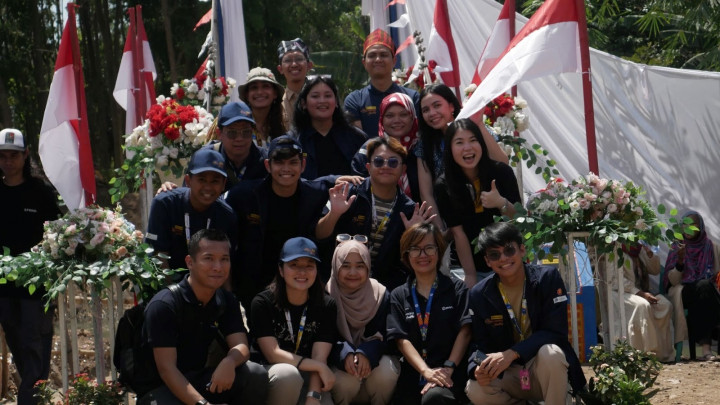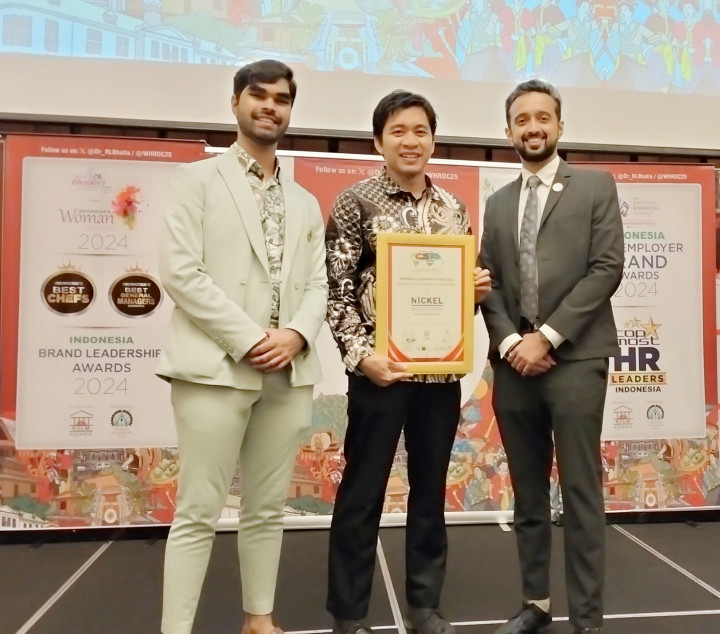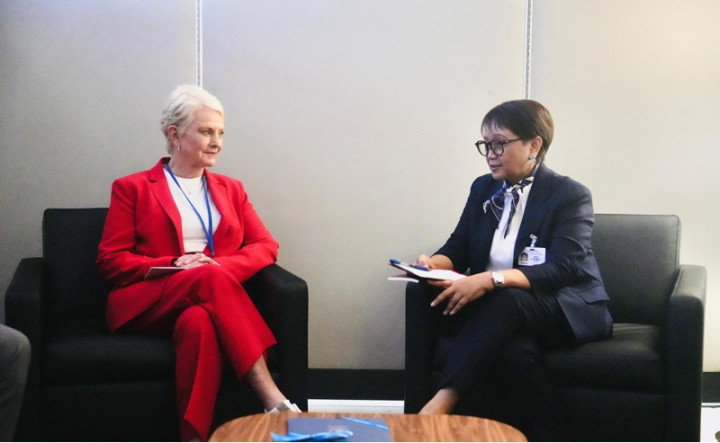Glasgow: From rising sea temperatures to devastating storms and floods, climate change is increasing threats in the southwest Pacific, according to a new report published by the World Meteorological Organization (WMO).
The State of the Climate in the South-West Pacific 2020 is part of a new series of regional climate reports by the United Nations (UN) weather agency and covers much of Southeast Asia as well as Australia, New Zealand, and the Pacific Islands.
The report was launched at the United Nations Climate Change negotiations (COP26) on Wednesday.
"This report highlights the real and potential risks associated with the changes occurring in ocean circulation, temperature, acidification and deoxygenation as well as rising sea level. The Small Island Developing States are increasingly vulnerable to these changes as their incomes are highly linked to fisheries, aquaculture and tourism," said WMO Secretary-General Prof. Petteri Taalas in a press release on Wednesday.
"Over land areas, the significant and growing impacts of extreme hydrometeorological phenomena and tropical cyclones, plus new multi-dimensional threats, pose increasing challenges to communities in the region. The COVID-19 pandemic has disrupted socio-economic development in the region, affecting key drivers of growth and revealing gaps in countries’ capacities for addressing systemic and cascading risk," said Prof. Taalas.
According to the Report, the Philippines and Indonesia typically report large numbers of affected people from extreme weather events.
However, Pacific islands suffer disproportionately when the size of the population is taken into consideration.
In Vanuatu and Fiji, more than one fifth of their populations were affected in 2020 by tropical cyclones.
The average annual loss (AAL) from extreme weather events across the South-West Pacific is estimated to be US$ 28.1 billion in Indonesia, US$ 19.6 billion in the Philippines, US$ 14.8 billion in Australia and US$ 7.1 billion in Malaysia.
When the size of the economy is considered, the estimated AAL is as high as 17.9% of GDP for Vanuatu, 14.6% of GDP for Tonga and 7.7% of GDP for the Federated States of Micronesia.
Cek Berita dan Artikel yang lain di Google News
FOLLOW US
Ikuti media sosial medcom.id dan dapatkan berbagai keuntungan



















